I wrote this column sitting adjacent to Mayaro beach enjoying a slice of the August holidays. It is about two hours to sunset on as glorious a day as it gets in this piece of paradise.
A little earlier in the day I had—unusually for me—a daytime snooze, on the porch, lulled into a mind-freeing relaxation by the sound of the waves and the rustling of the coconut tree branches in the front yard where the porch is located.

As sunset approaches, the light is golden. Points Radix and Galeota, which are the boundaries of Mayaro Beach are, from a distance, of a smoky blue colour. As is typical of August month, the sea is warm and there are pools at low tide in which to soak in comparative safety.
These pools have uneven flooring under one’s feet. At high tide, that uneven flooring can become as treacherous as a State enterprise procurement process but we know how the waters can change from benign to treacherous and we sensibly refrain from entering waters that turn troubled and can sweep the innocent away when the tide is high.
Although most of my August holidays were up, I returned here because of my fearful mood, which I described last week and which just would not leave me. I needed to lift my spirits and that has happened exactly as I hoped it would on a perfect day of Mayaro beauty.
Long-time readers will note that I am still refusing to refer to the July/August period as “summer”. I know that period as August holidays since I first stepped on Mayaro beach at the age of five or six—about the same age at which my mother, Celia, also dressed me in a sailor costume for Carnival.
Many decades later, I am still a devotee of Mayaro Beach and still playing sailor mas, even though over the decades I have evolved and done so many things differently.

(Courtesy Marshe)
Meanwhile, the coconut groves of Manzanilla and Mayaro have been remorselessly reduced and money elements seek to push sailor and other traditional mas off the Carnival route. At the same time, despite the internationally acknowledged technology proficiency of our musicians—particularly our pan players—misguided officials try to keep our music exclusively at the level of a poorly organised Savannah party.
This week’s column is stimulated by the resumption of regular visits to Mayaro and inquiries from readers, here and abroad: Why have I not been writing about Mayaro?
Just as I am well into this column, a particularly dreamy cloud, reflecting the rays of the sunset behind me, has settled over the otherwise navy blue ocean, bathing a section of the ocean in a neon pink light. So, I repeat the readers’ question to myself with a sense of guilt that I am letting down my second home, Mayaro.
The reason why there has been a lull in columns about Mayaro is that, despite the idyllic setting, Manzanilla and Mayaro have been scarred by the apparently insuperable problems besetting us in urban Trinidad, particularly violent crime, little or no care for our natural environment and noise pollution.
Lack of care for the environment is the reason why so many of the coconut groves of Manzanilla and Mayaro have been haphazardly cut down and not replaced.

(Copyright VicSedford)
We cannot see the value of a tree beyond what it produces but, as all trees do, the coconut trees on our coastlines have value as greenery, adding texture and a rich visual to the spaces which we occupy. They also have a practical purpose as they provide shade and a soothing effect when their branches dance and rustle in the breeze.
I noticed, on some earlier sporadic visits, that August holiday beachgoers were fewer than usual and I heard from a compere that the doubles lady in the village is no longer selling out by 8am. All up to 10am, she still has not sold out. I guess my Tobago readers will feel this kind of pain doubly as a result of slumps in arrivals both from foreign and domestic tourism.
This past week, activity in Mayaro was marginally better. Nevertheless, we are destroying our essential self and soul in pursuit of the “summer” and other fantasies. However, we must face the fact that our home vacation offerings now lack feelings of personal safety and security, just as day-to-day life does.
My fellow columnist, Raffique Shah, pointed out last week that we are not likely to get the better of our problems because we are suffering from a systemic failure in how the country is run.
I don’t know how we will pull it back but I left Mayaro and have returned home in harmony with Bob Marley’s reflection, slightly paraphrased: our life must be somewhere to be found, must be somewhere for us instead of the concrete jungle where the living is harder.
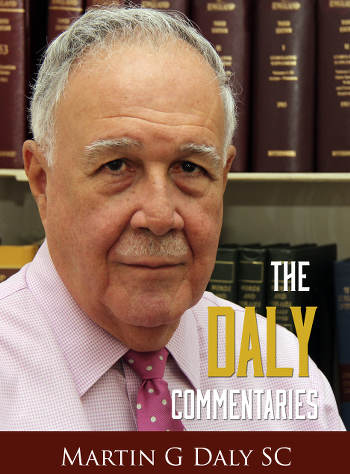
Martin G Daly SC is a prominent attorney-at-law. He is a former Independent Senator and past president of the Law Association of Trinidad and Tobago.
He is chairman of the Pat Bishop Foundation and a steelpan music enthusiast.
 Wired868 Wired868 for smart sport news and opinion
Wired868 Wired868 for smart sport news and opinion
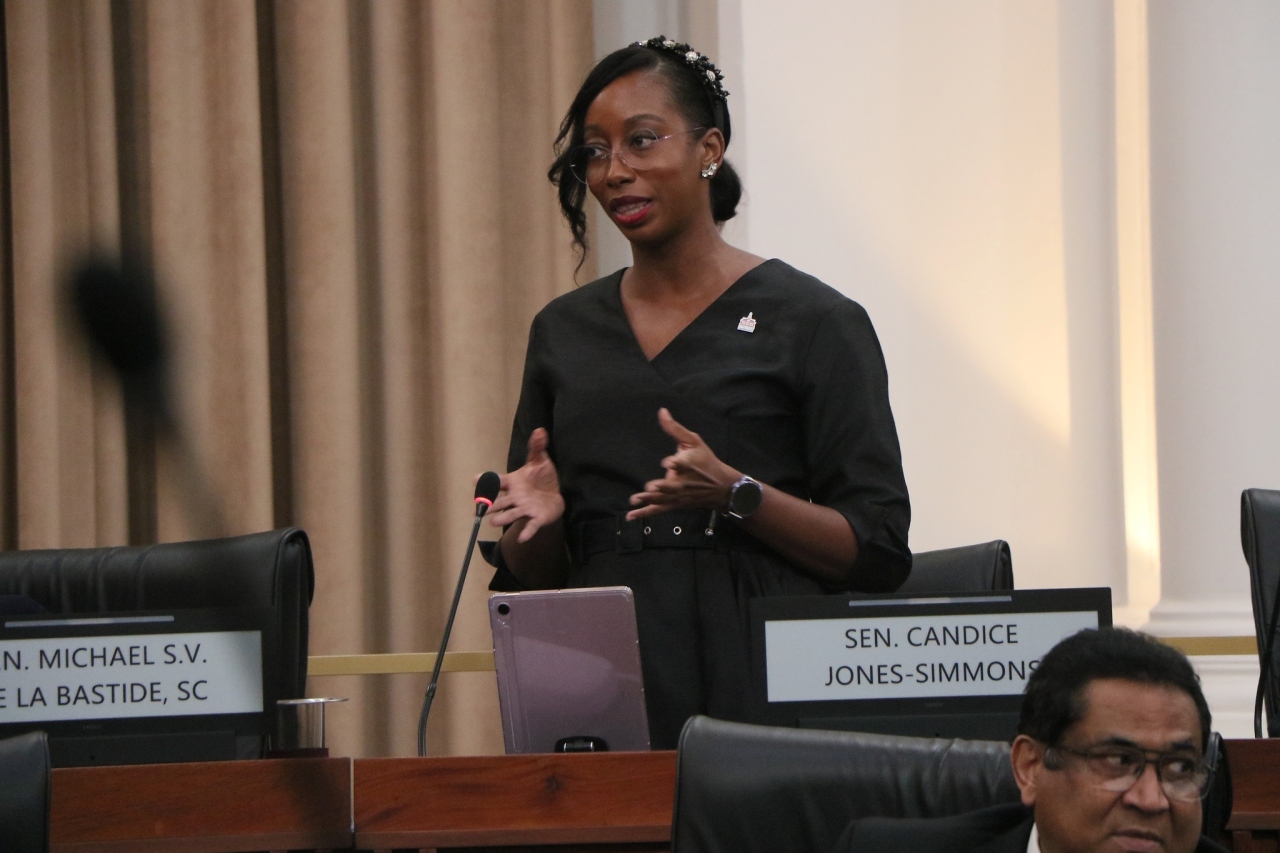

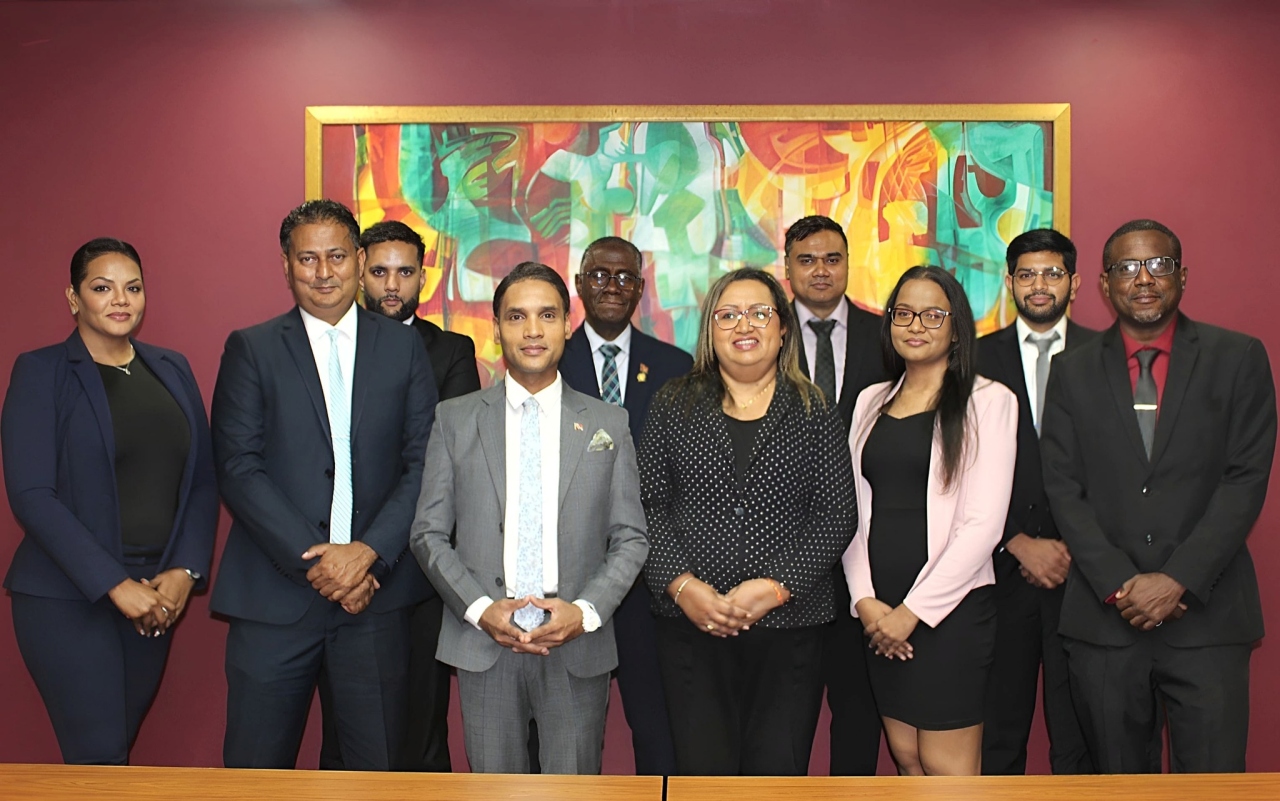
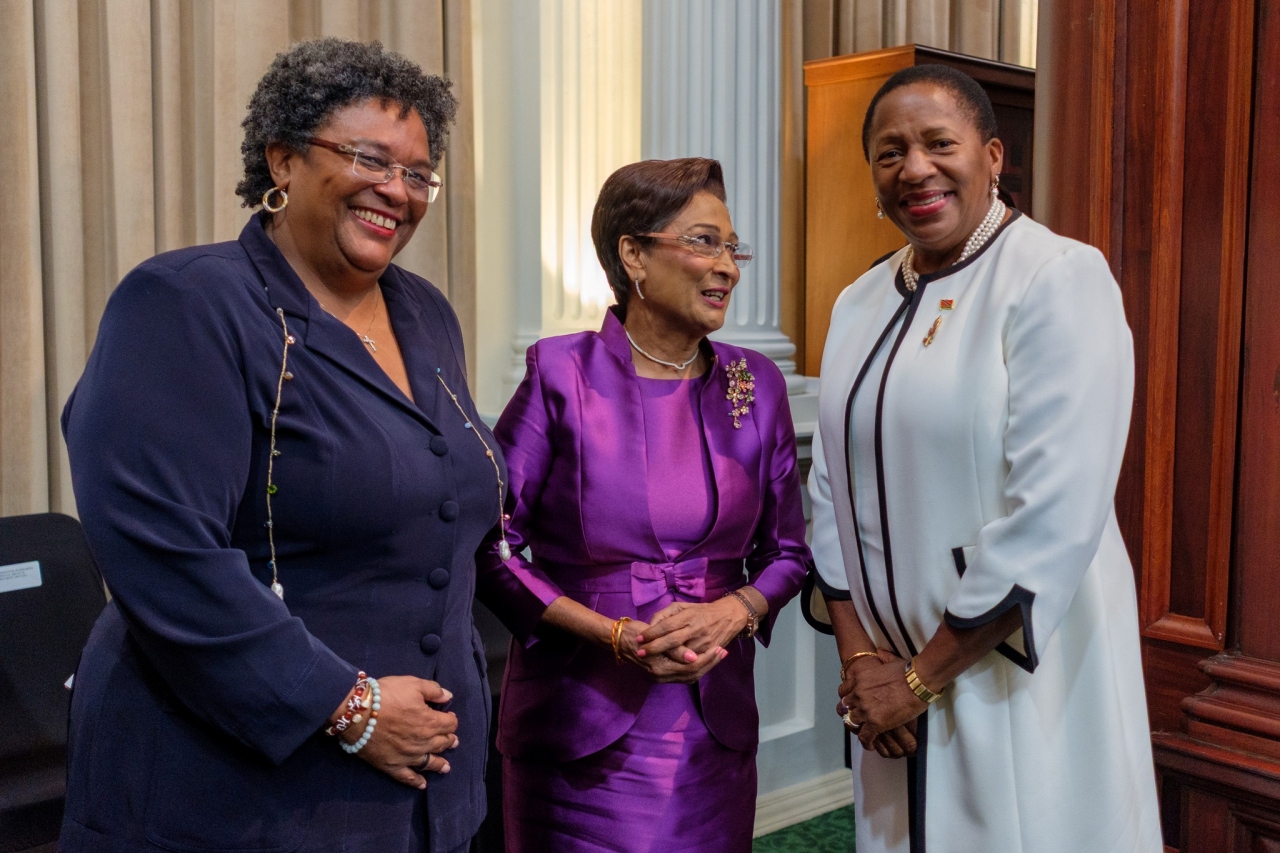
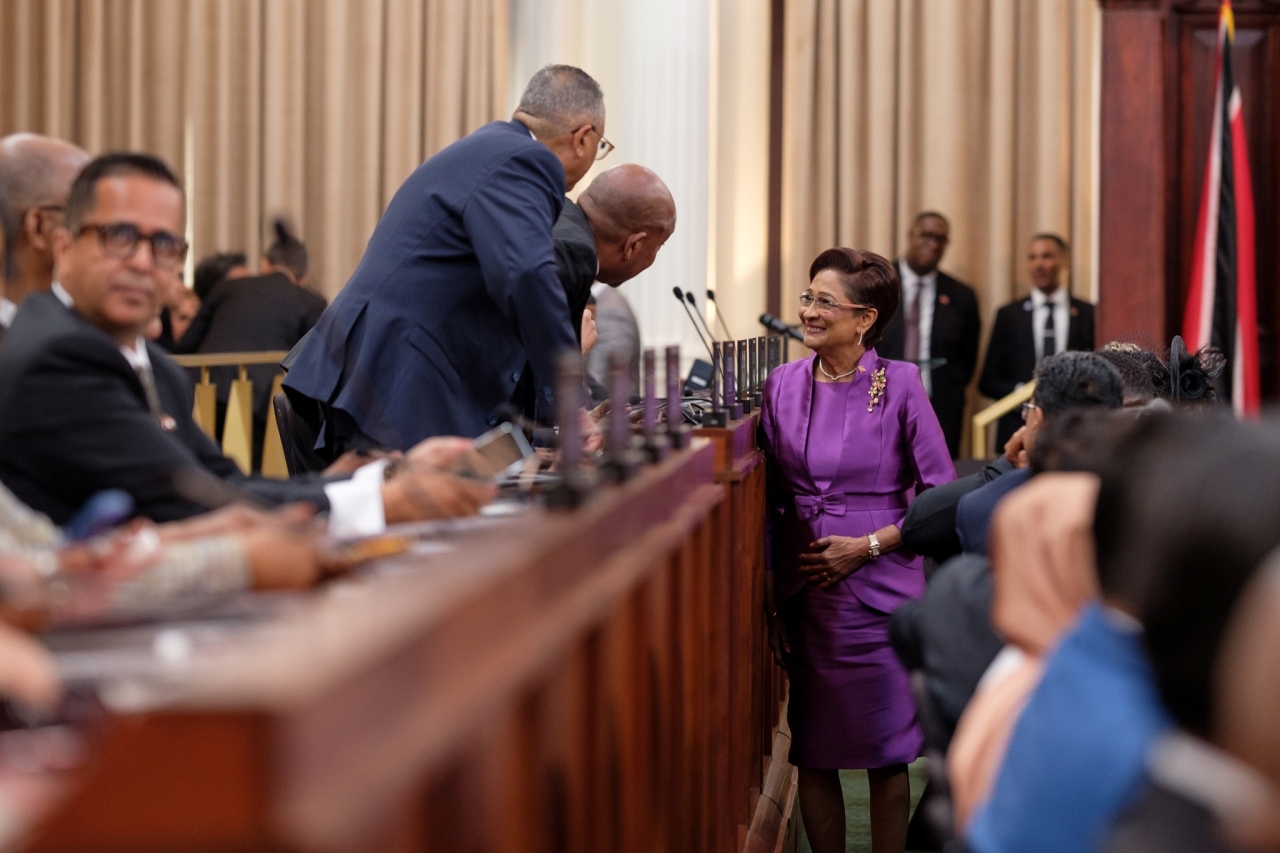


Question. But are we reading this critically? So from the frame presented are we to understand mazan and mayaro were being taken cared for, catered to, developed? Before current urbanized crime???
Is this not about a bigger issue of rural Trinidad being ignored as policy?!
Are we questioning and critiquing the premise??
How is manzan, mayaro, different from mayo, cedros, toco, moruga?
Hell, laventille, Diego Martin hills…train lines: Arima, marabella…???
This portrayal as some rural rustic paradise being contaminated/infected by the metropolis..where is this coming from?..These ‘country’ folk have been as creative and dynamic in developing their own communities in the contexts of their historic environments..how come no one romanticises Diego Martin or Bangladesh as some kind of ‘paradise lost?”
This reminds me of those tourists who visit the Caribbean and the go back to the metropole to write about the natives..The author knows nothing about the fierce struggles waged under the leadership of the OWTU in the ’80’s to compel AMOCO and the PNM to create employment, develop infrastructure , health facilities What is this and recreational facilities..What is this ‘problems in paradise sh***********?
Well any blame for the headline would be mine. That was my pick based on feeling I got from story.
It wasn’t meant to be condescending but I will take your criticism on board.
Mr. Comrade Liburd..I do not blame you…You professionally chose the headline which came from the story..It was NOT the other way around..My editor routinely writes the headlines for my articles because he is much better at it.
Hmmmm
Glenda O’garro
I so empathize with Mr. Daly. I spent many an August vacation in Mayaro. It was sheer heaven to play on the beach on moonlit nights or frolic in the warm waters of St. Ann’s Bay. Mayaro has as changed but we all have to bear part of the blame.
In 2001 during the 18 18 split Martin Joseph who was Franklin Khan’s campaign manager took the JAM with him to campaign for the seat and when the PNM won the seat and Joseph left the JAM remained. I wrote about this for the Express.
The first time the trees were cut down was due to a union backed movement to reduce accidents under the coconut. This was in the early 1980’s. The unions were able to convince the power people to cut down the first row of trees on each side of the road. They cut down the trees but left the stumps – they r still there covered in vine. Up to now I don’t know who paid the Estate for these trees. I know it didn’t come cheap. For the Estate this was a good deal, because the Red Ring disease had arrived, n together with competition from Soy oil, the Estate had become a losing investment. So the “left” mounted a campaign that in reality helped put money back in the hands of the “capitalists.” That we have Gov’t’s who for some reason can’t see beyond their noses is heart rendering. The Nariva protected wet lands borders the Cocal, yet no Gov’t has seen it fit to expand this protection to the scenic Cocal.
Scarred too by city and citified folk playing at representation, but that’s another columnot
I end up really appreciating this column and getting cover for my seemingly random comment: Daly does the same thing– all over the place: sailor mas, to doubles to Tobago. Lol. Love it
Wow. Every emotion I feel about Mayaro put into words.